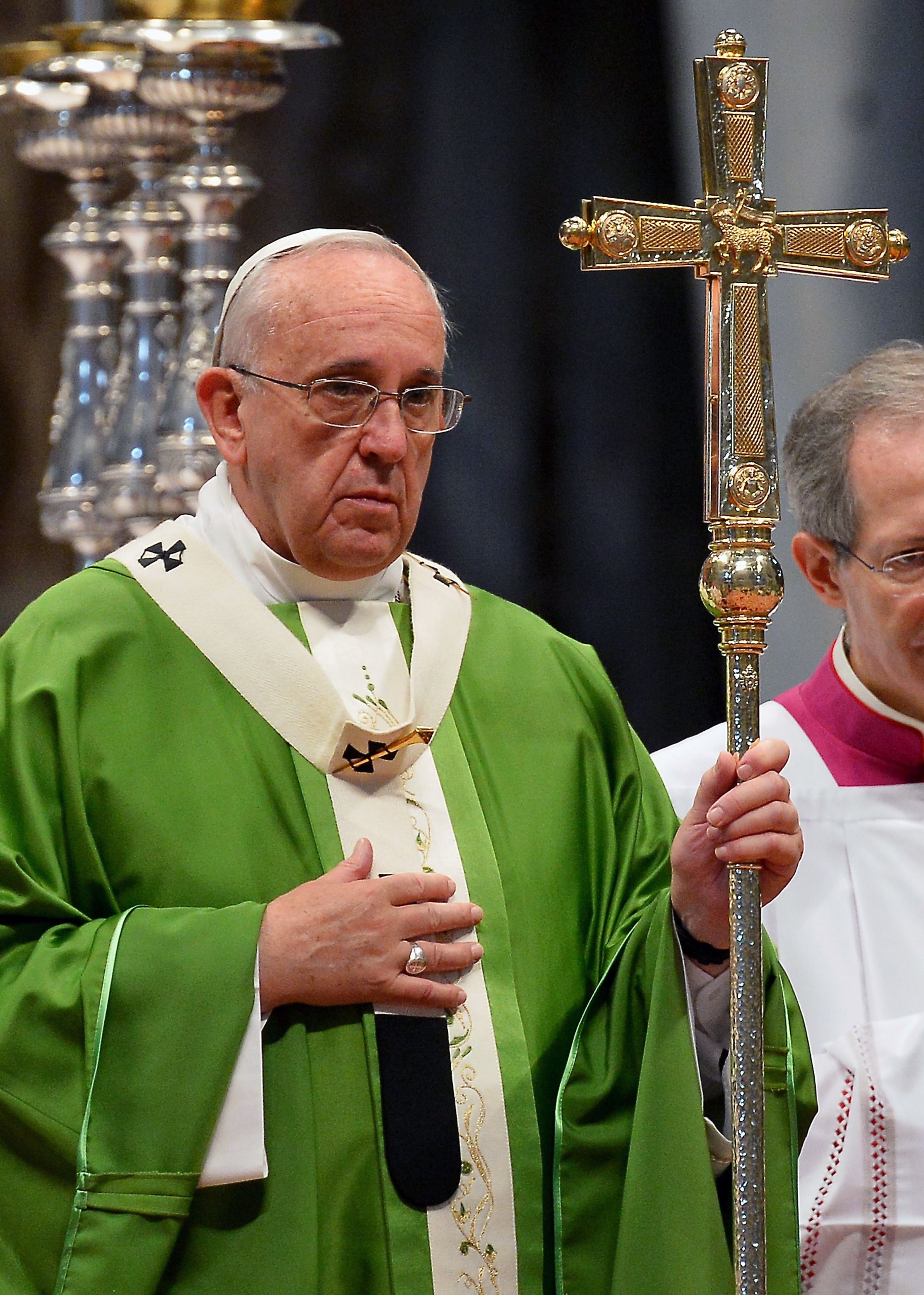
The Catholic world and the media were riled Monday by a Vatican document interpreted by many as signaling a softer church stance toward homosexuality, but the inclusive tone of the document is a long way from actual policy change.
At issue are three words most people have never heard of: Relatio post disceptationem. That’s the name of the document the Catholic Church’s Extraordinary Synod of the Bishops released Monday, one week into the Synod’s gathering to discuss the state of the family in the modern world. It translates, “Report After Debate,” and it was read aloud in the Synod hall to kick off the Synod’s second week. One of the report’s 58 sections—the one causing the biggest stir—is titled, “Welcoming homosexual persons.”
“Homosexuals have gifts and qualities to offer to the Christian community,” the passage begins. “Are we capable of welcoming these people, guaranteeing to them a fraternal space in our communities? Often they wish to encounter a Church that offers them a welcoming home. Are our communities capable of providing that, accepting and valuing their sexual orientation, without compromising Catholic doctrine on the family and matrimony?”
For a Church that has historically linked the word “homosexual” with the word “sin,” the idea of welcoming gays in any capacity can appear to be a significant move. Headlines immediately spoke of a “dramatic shift” and a “more tolerant” stance from the church.
But before rushing to conclusions, everyone, on all sides, should calm down.
The Most Surprising Photos of Pope Francis

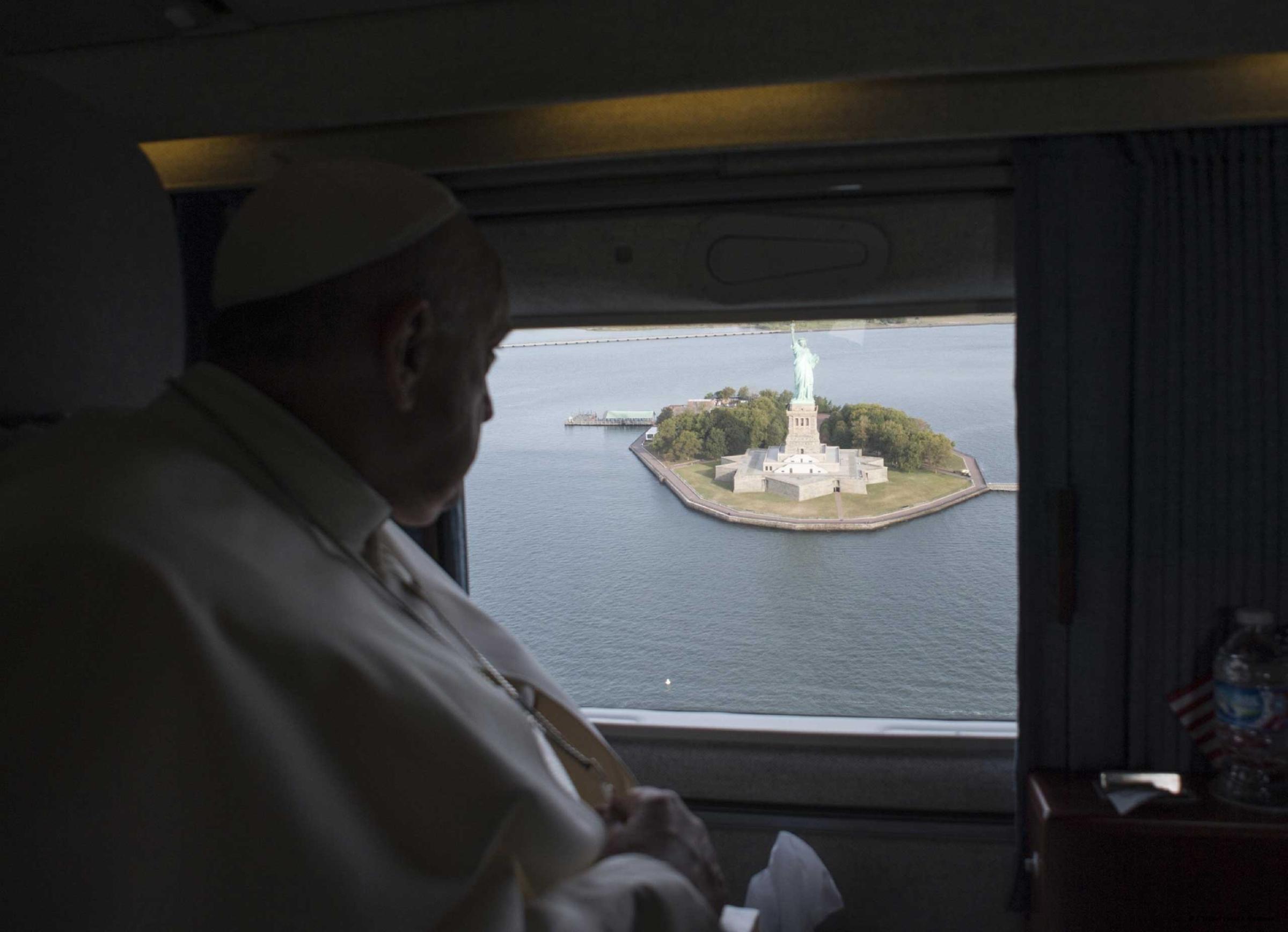
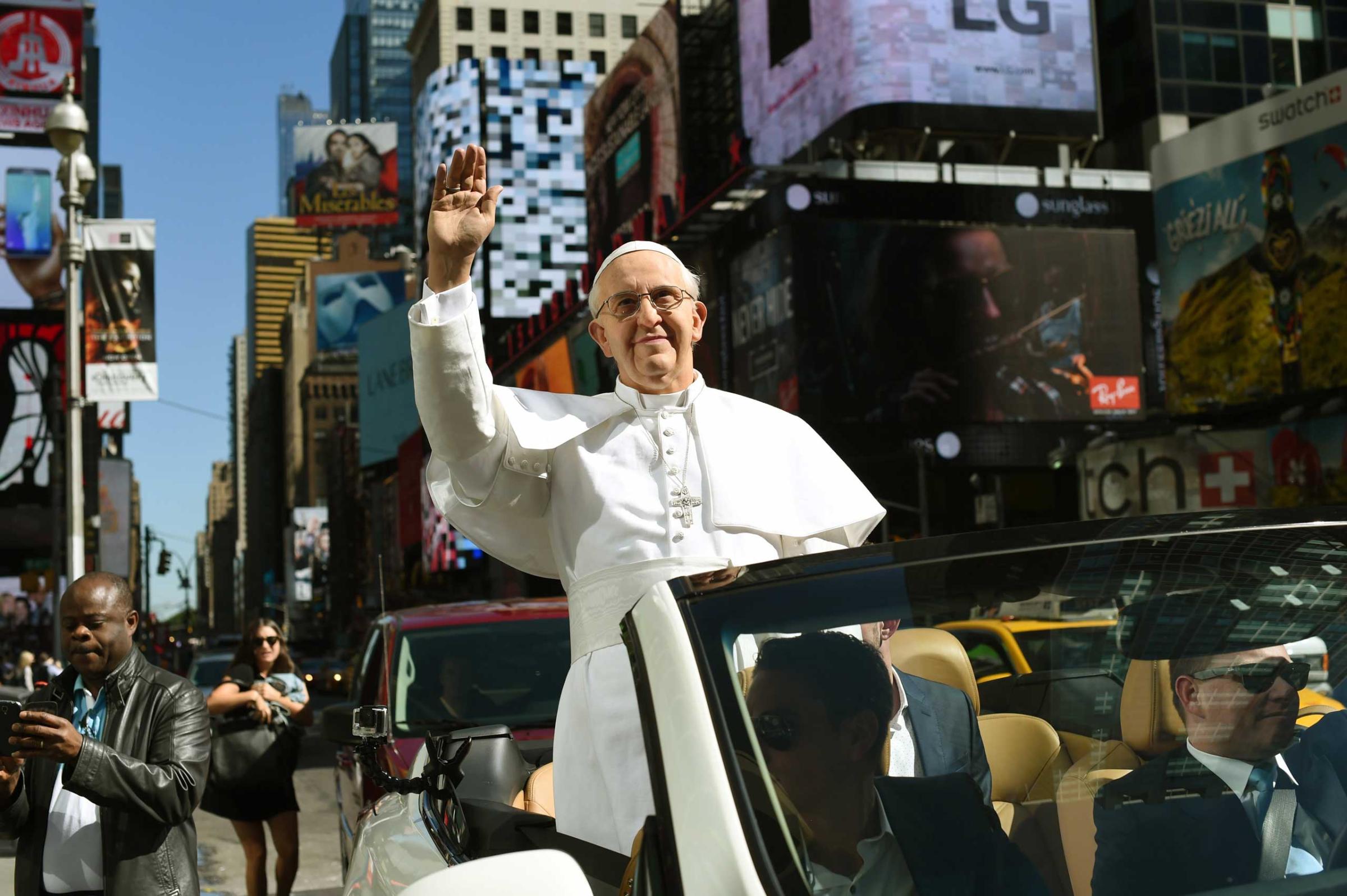



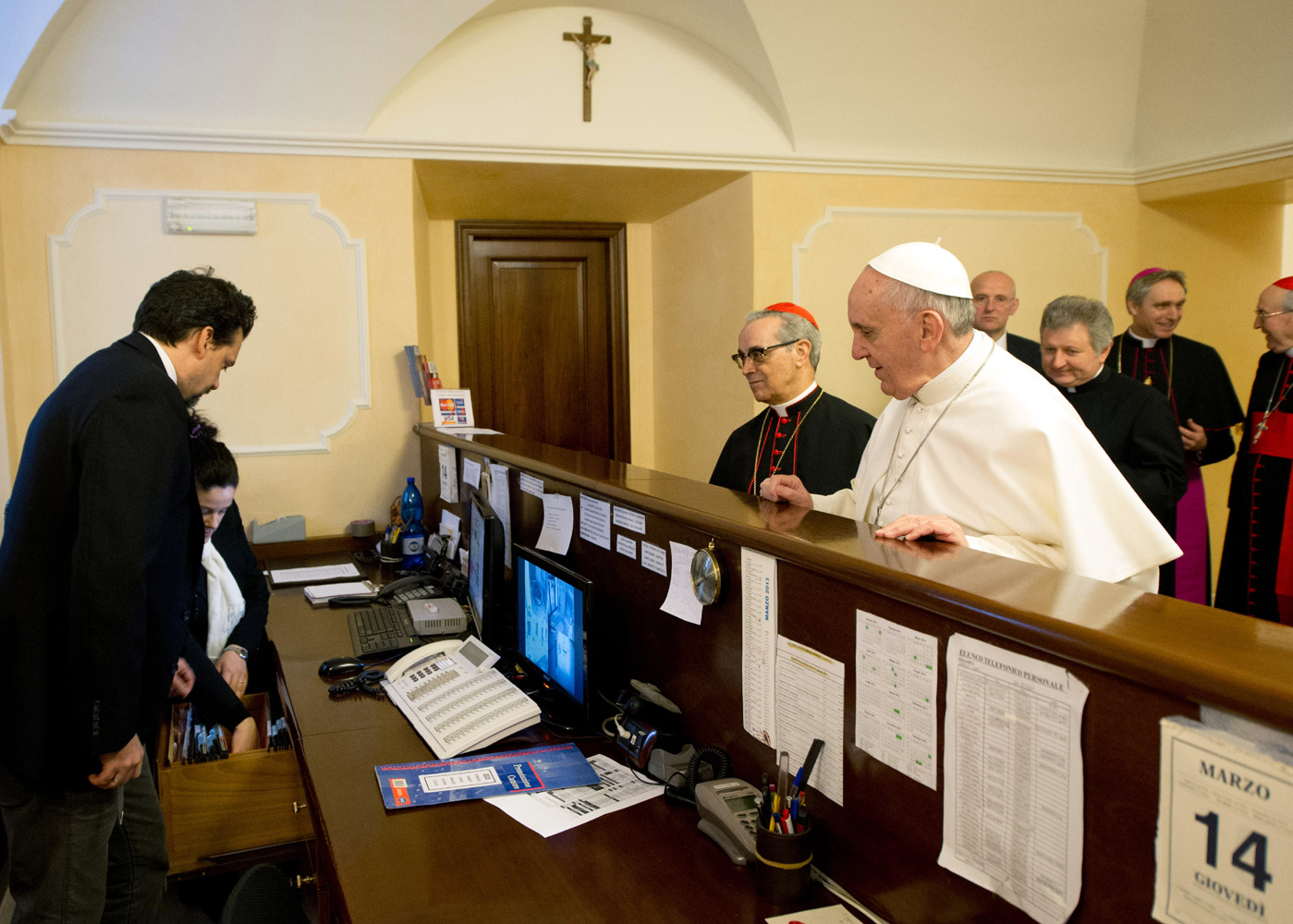
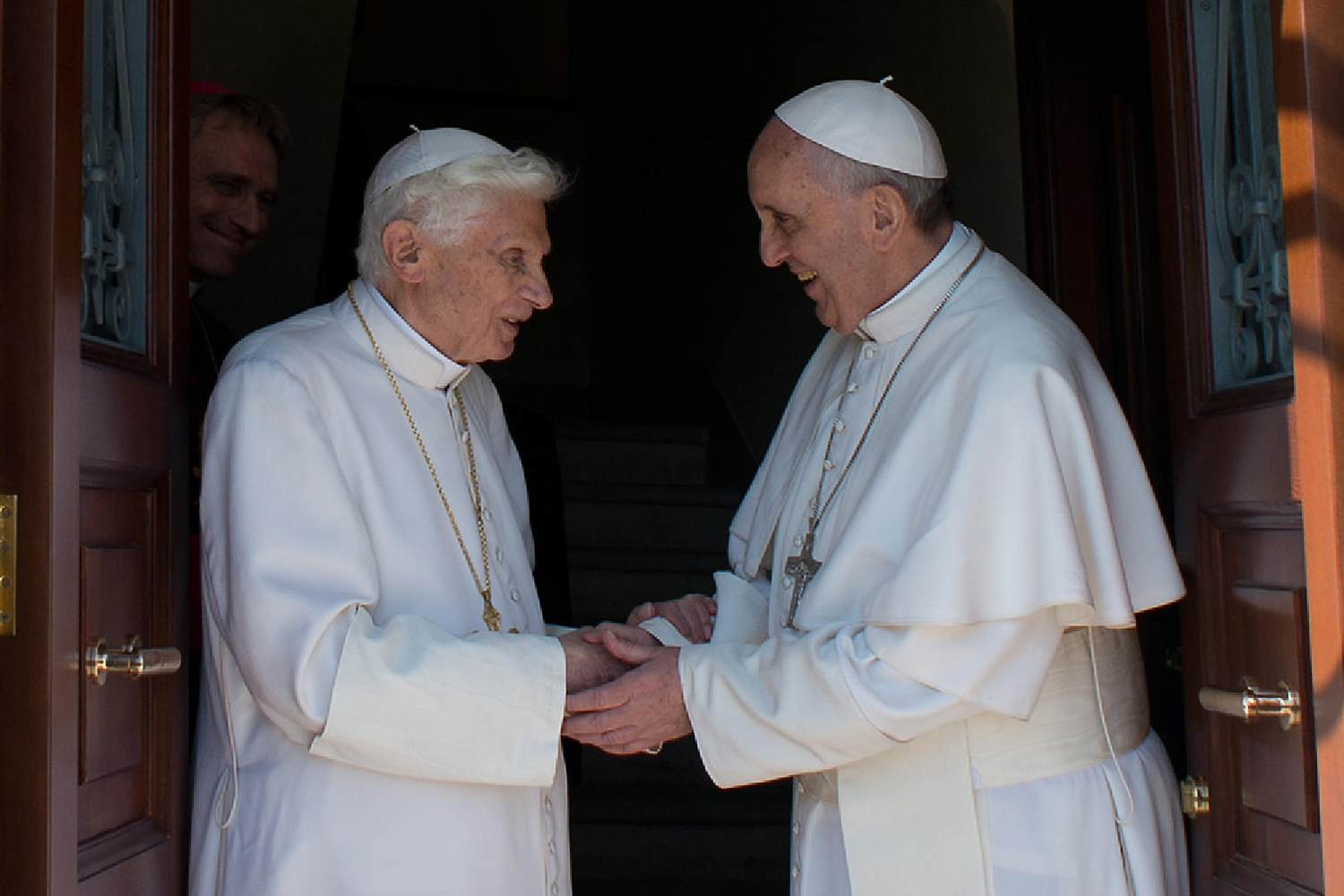


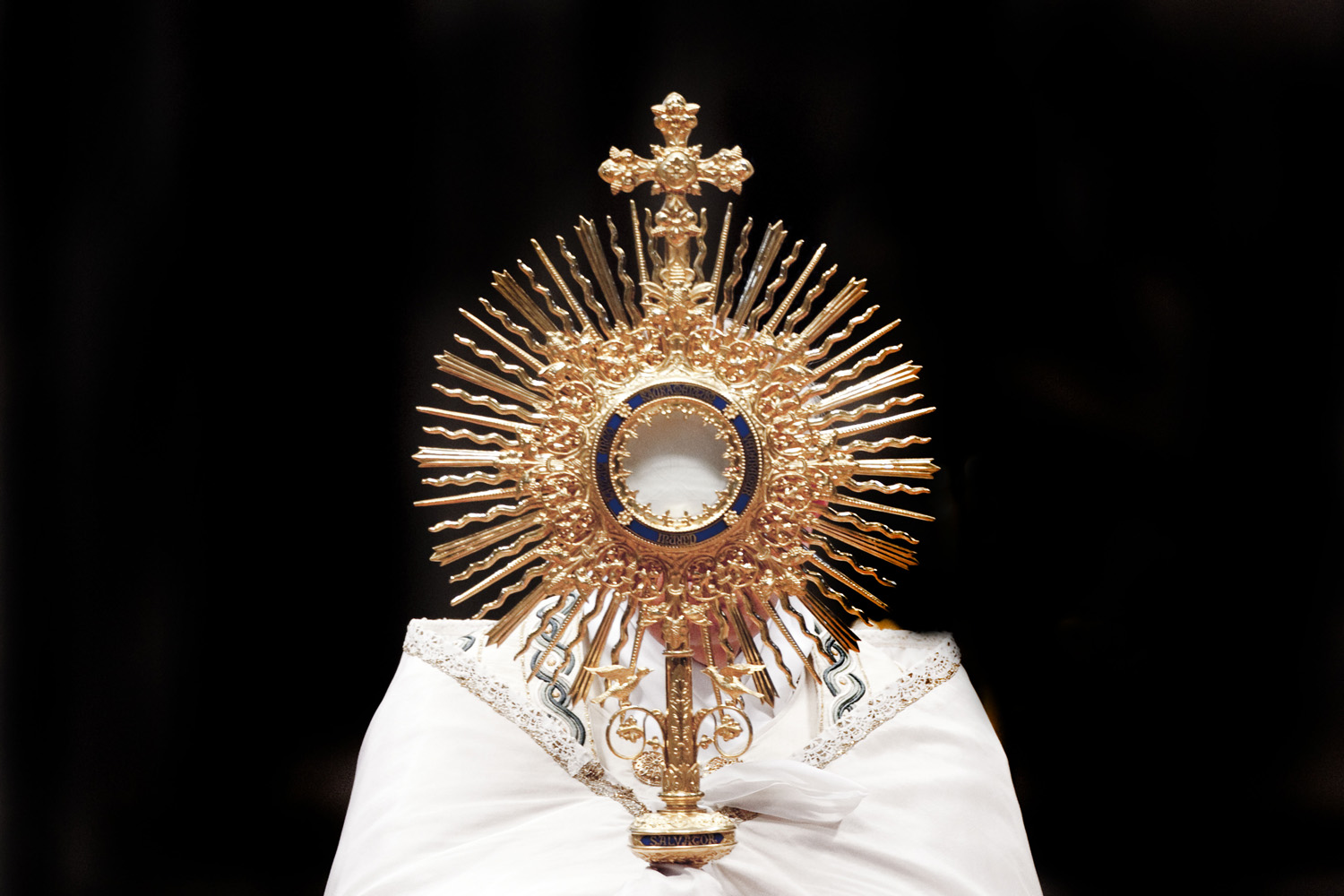

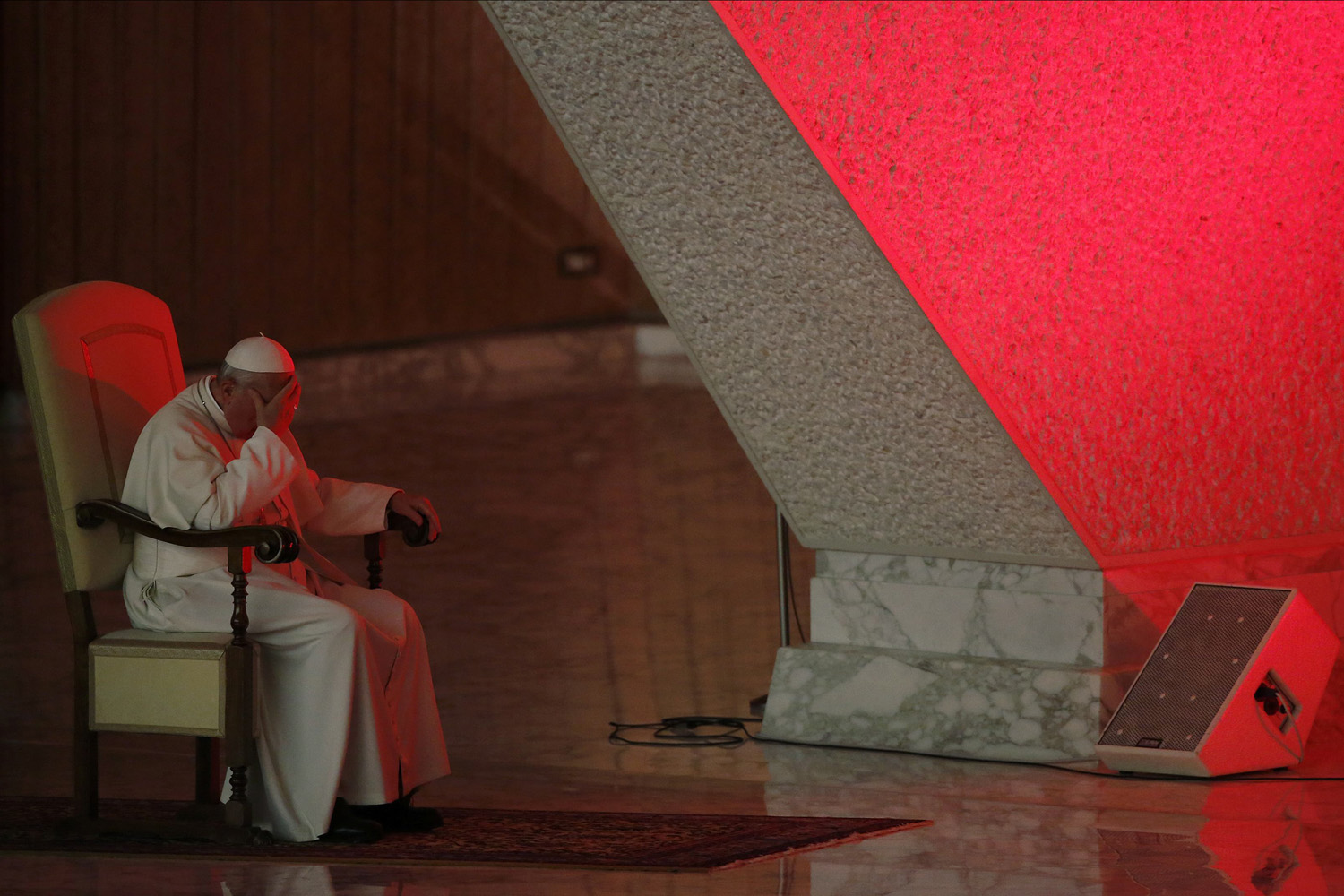
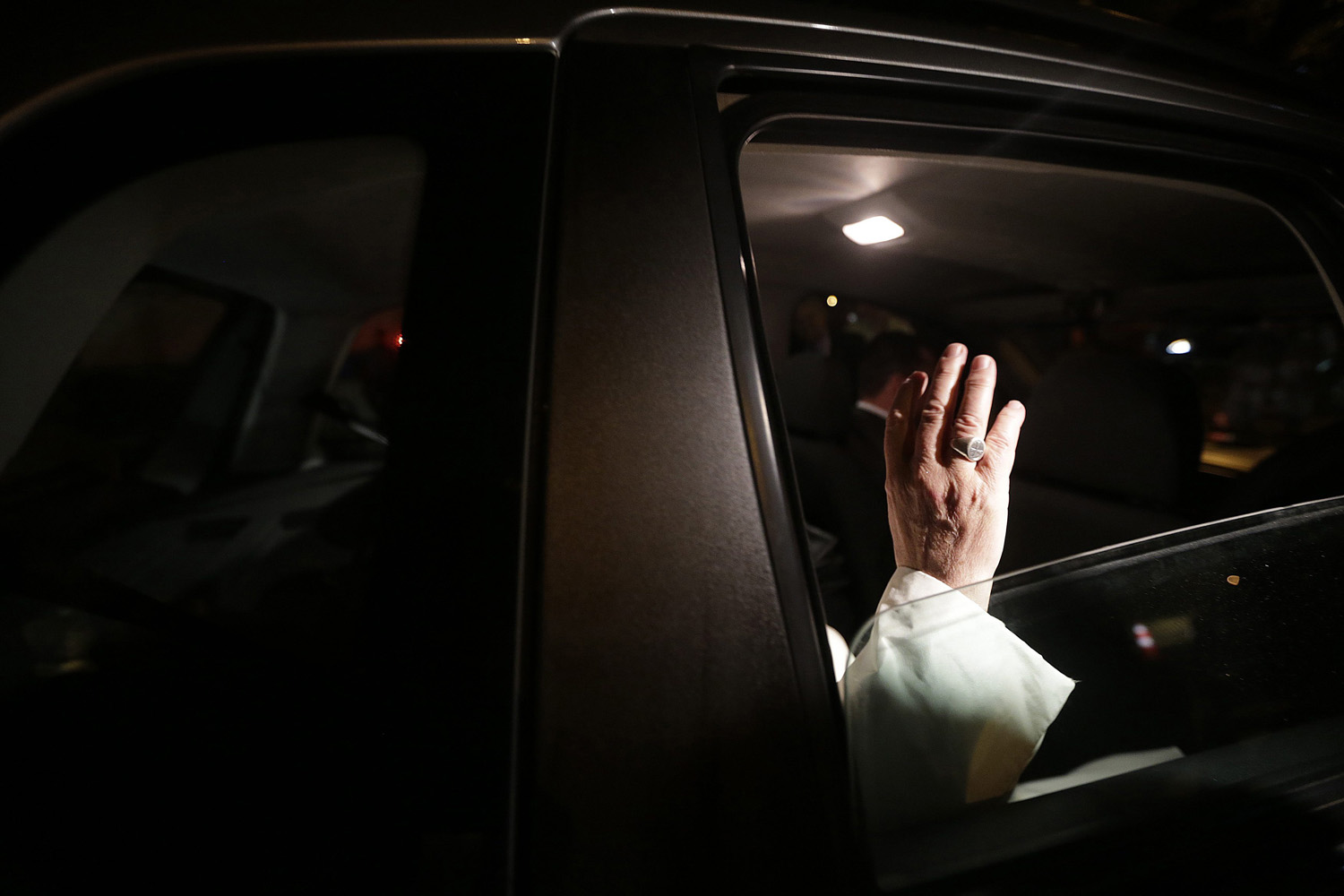
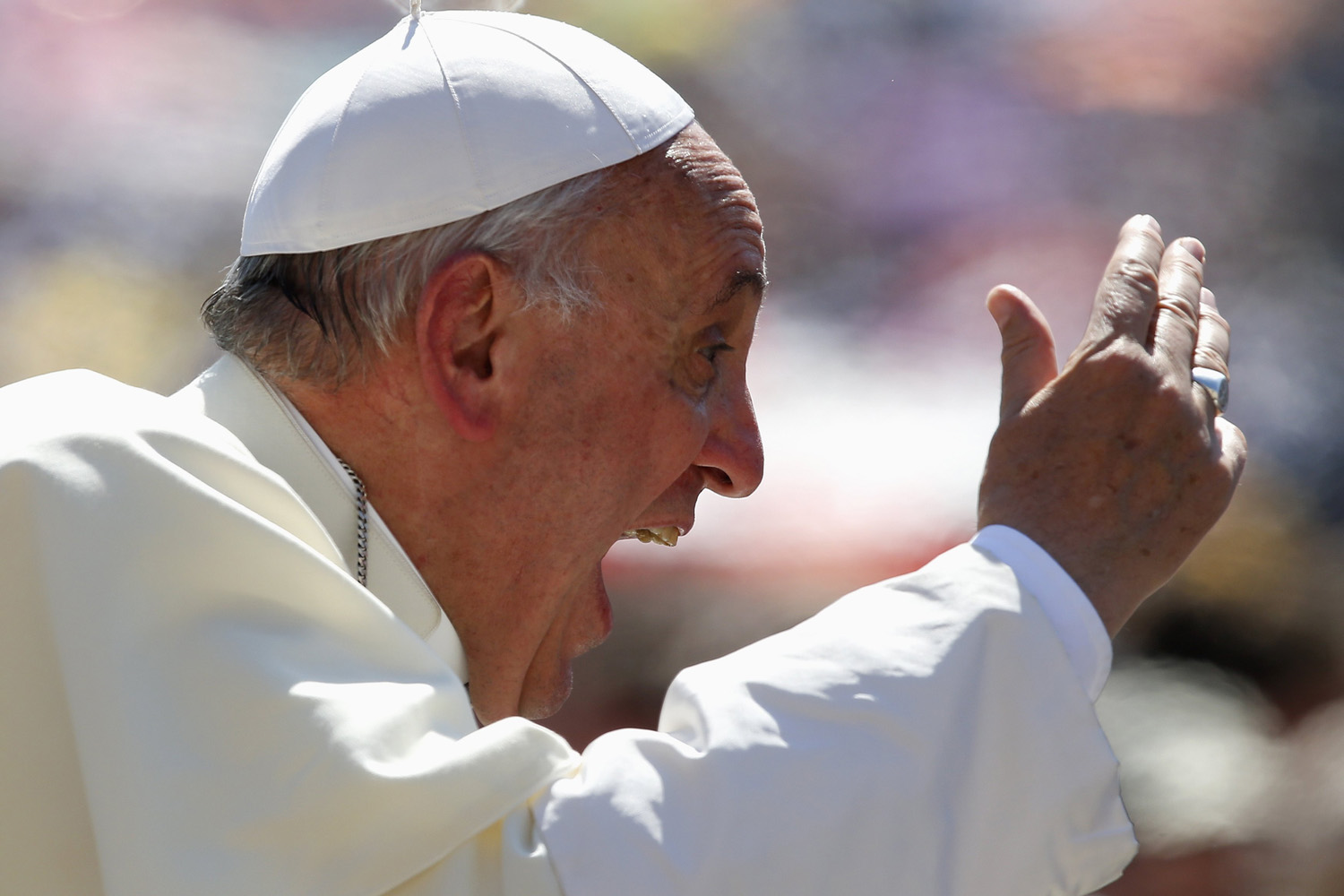





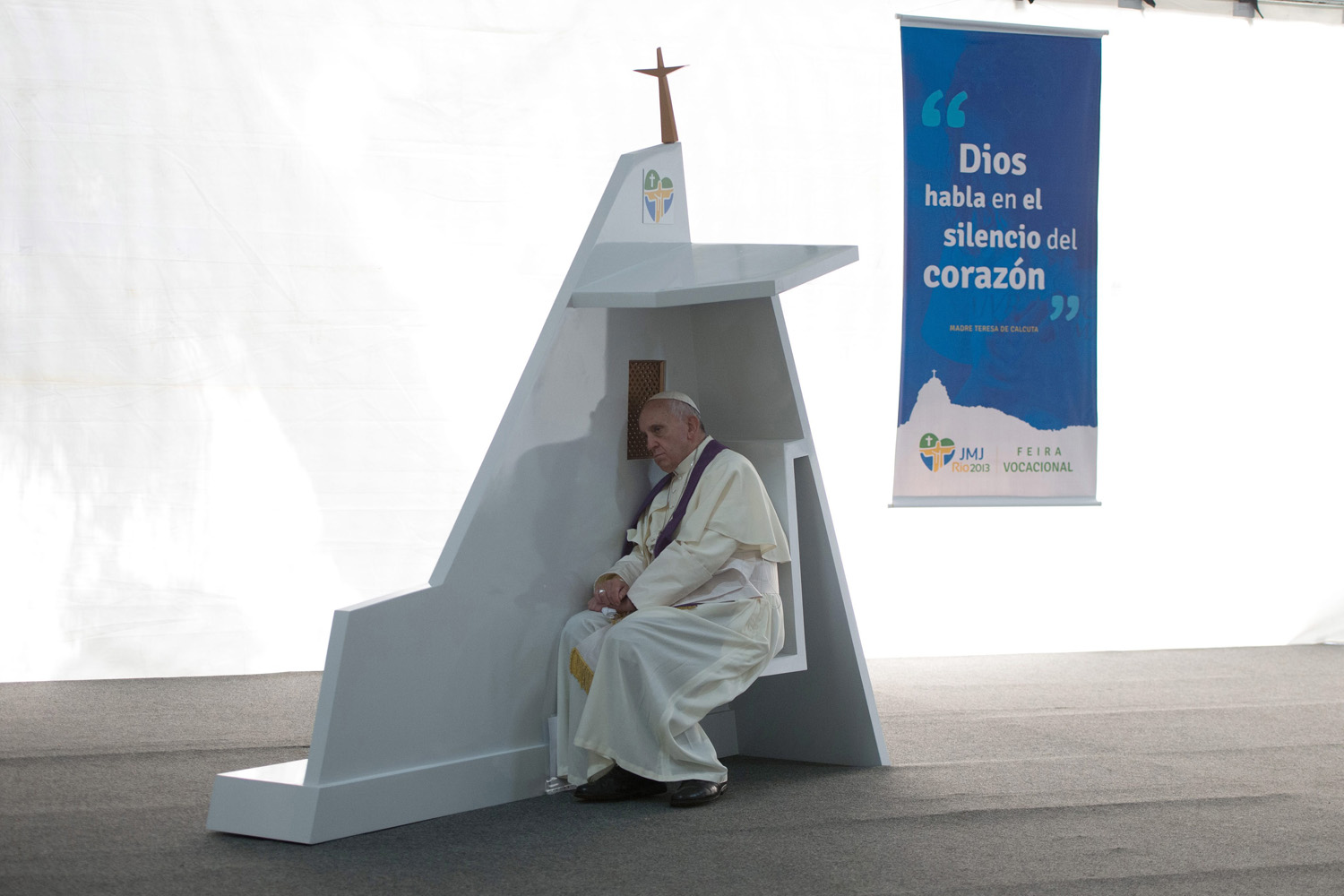

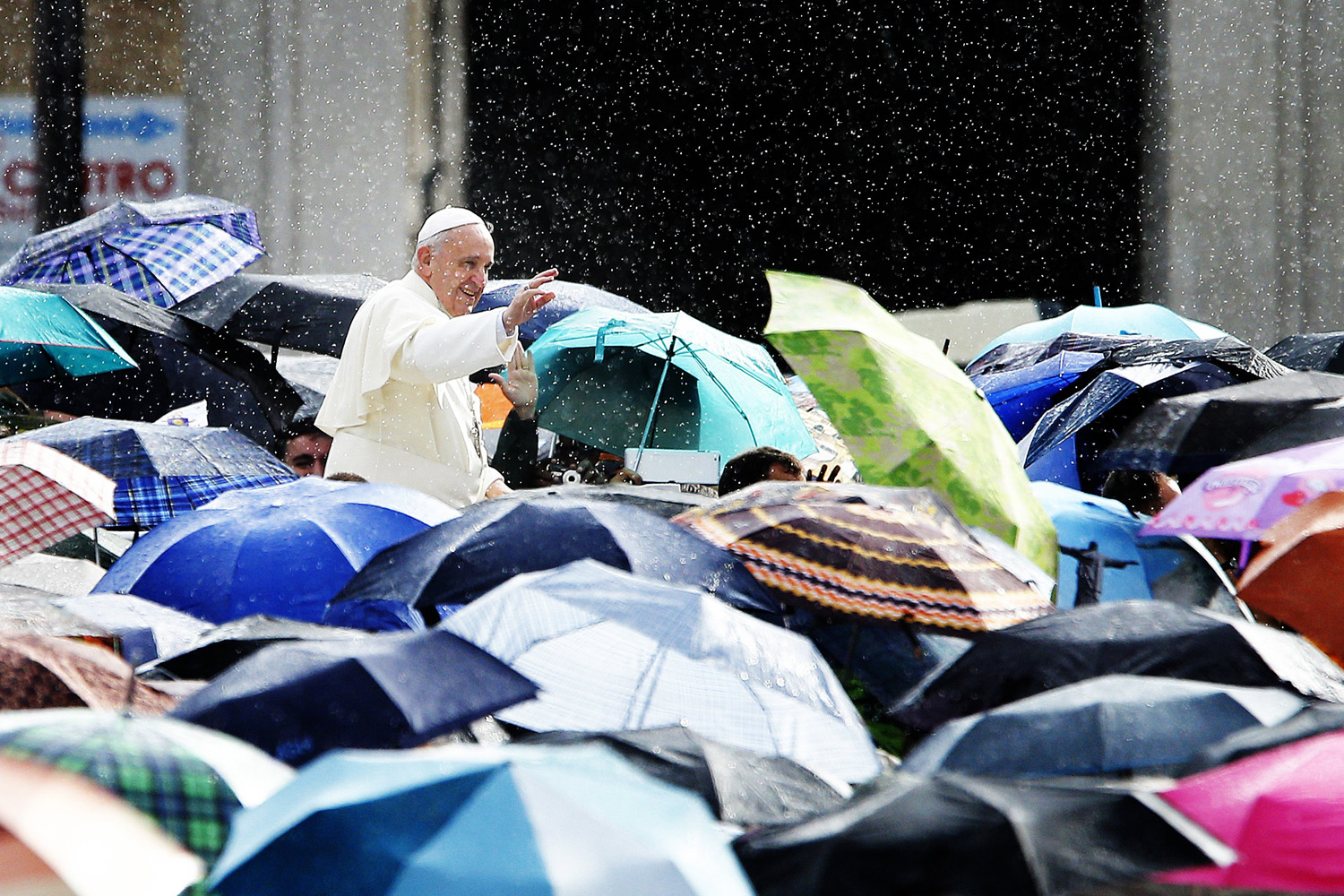











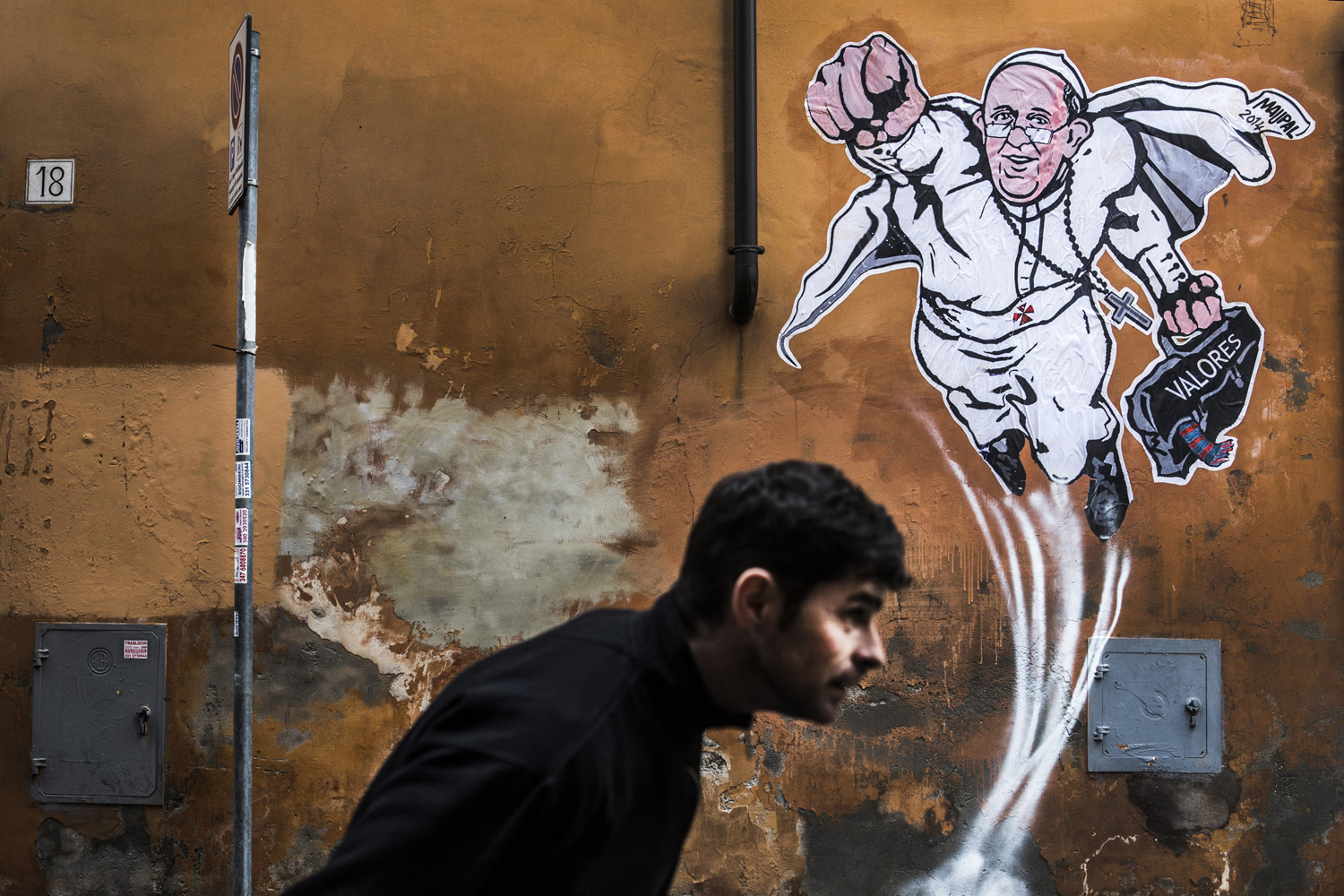
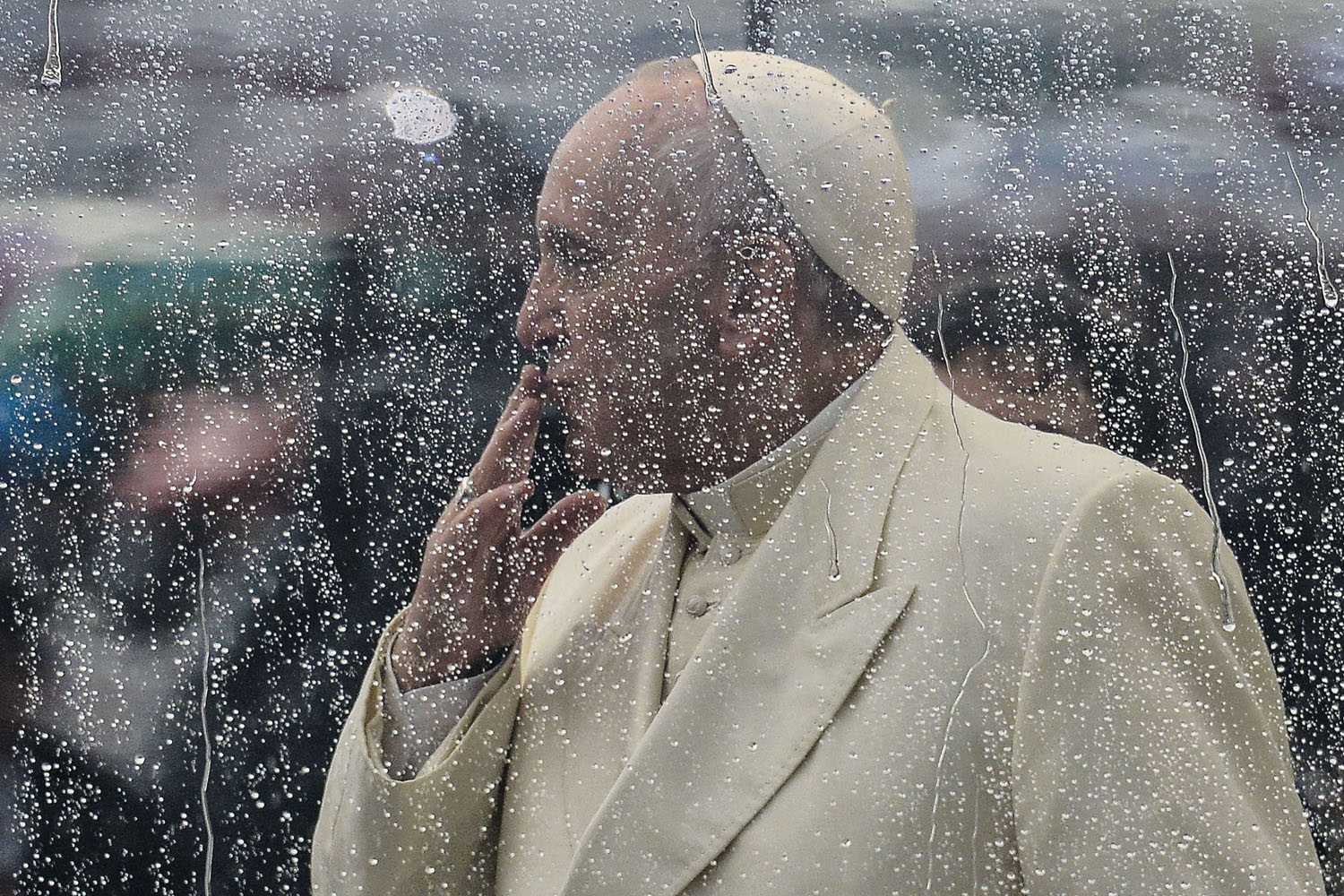


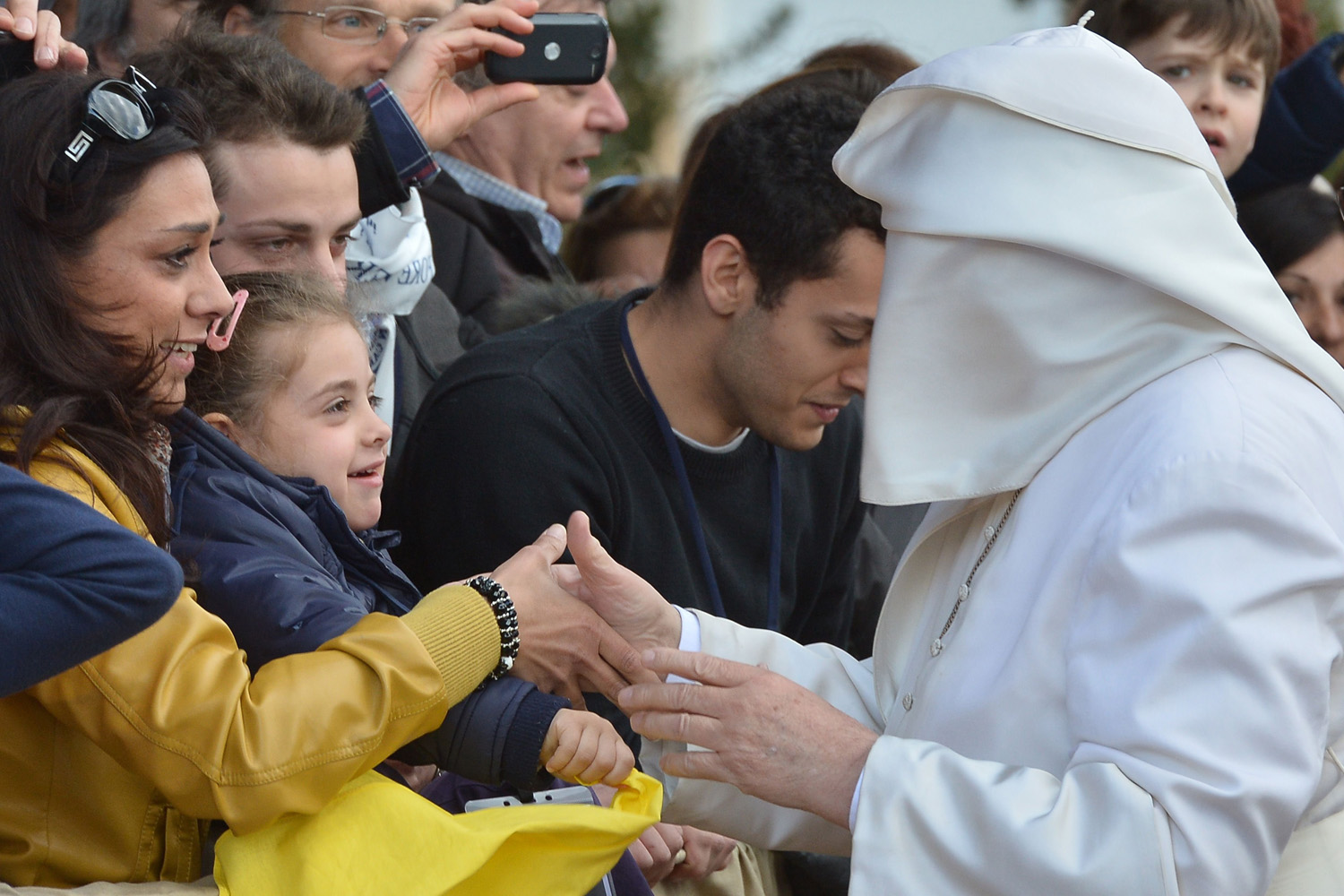


First, here’s what the document actually is:
The relatio is a mid-Synod snapshot of 200+ Catholic leaders’ conversations that happened in the Synod hall last week. It is a starting point for conversations as the Synod fathers start small group discussions this week. It is a working text that identifies where bishops need to “deepen or clarify our understanding,” as Cardinal Luis Antonia Tagle put it in Monday’s press briefing. That means that the topic of gays and Catholic life came up in the Synod conversations so far and that it is a topic for continued reflection.
Second, here’s what the document is not:
The relatio is not a proscriptive text. It is not a decree. It is not doctrine, and certainly not a doctrinal shift. It is also not final. “These are not decisions that have been made nor simply points of view,” the document concludes. “The reflections put forward, the fruit of the Synodal dialogue that took place in great freedom and a spirit of reciprocal listening, are intended to raise questions and indicate perspectives that will have to be matured and made clearer by the reflection of the local Churches in the year that separates us from the Ordinary General Assembly of the Synod of bishops planned for October 2015.”
So, what does all of that mean? Cardinal Tagle perhaps said it best when he said at Monday’s press briefing, with a smile, “The drama continues.”
The relatio reaffirms at several points that marriage is between a man and a woman. Substance on that point is not changing. The Vatican has been repeatedly clear that this Synod will bring no changes to doctrine, or even a final document with new rites. To “welcome gays” does not mean the Church is no longer equating “gay” with “sin.”
Instead, tone—as it has always been with the Francis papacy—is what is on the table. The style that Pope Francis lives is one that starts with a spirit of embrace, of mercy, and not with sin. It begins with figuring out at what points embrace is possible before determining the points at which it is not. That may be one reason why people like top Vatican watcher John Thavis are calling this mid-synod report “an earthquake.”
But it is also important to remember that the Synod on the Family is almost a two-year-long process, and this snapshot is just that, a snapshot of one week in that process. There will be more such snapshot documents in the coming months. The conversation started earlier this year when bishops around the world surveyed their congregations about family life, it kicked off more formally last week with the gathering in Rome, next the bishops will take the conversations back to their communities, next summer there’s the World Meeting of Families in Philadelphia (a traditionally conservative American diocese), and then finally next fall there will be the second Synod with even more bishops from around the world with even more discussion.
Looking for revolution can be misleading. It can mar the actual story of what is and what is not happening. Casual Vatican observers—especially those in the United States, where conversations about sexuality have a different trajectory than in the Vatican or in many developing countries—should be careful to not read into the conversation what they want to hear. The interest in a relatio, a relatively obscure document, does however point to another shift: people actually care about what a group of bishops is doing.
That itself, for many, may be a revolution.
Read next: Pope Francis Wouldn’t Have Wanted the Nobel Peace Prize
More Must-Reads From TIME
- The 100 Most Influential People of 2024
- Coco Gauff Is Playing for Herself Now
- Scenes From Pro-Palestinian Encampments Across U.S. Universities
- 6 Compliments That Land Every Time
- If You're Dating Right Now , You're Brave: Column
- The AI That Could Heal a Divided Internet
- Fallout Is a Brilliant Model for the Future of Video Game Adaptations
- Want Weekly Recs on What to Watch, Read, and More? Sign Up for Worth Your Time
Contact us at letters@time.com